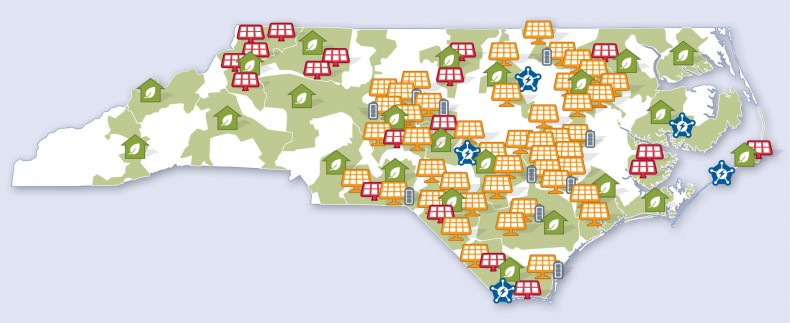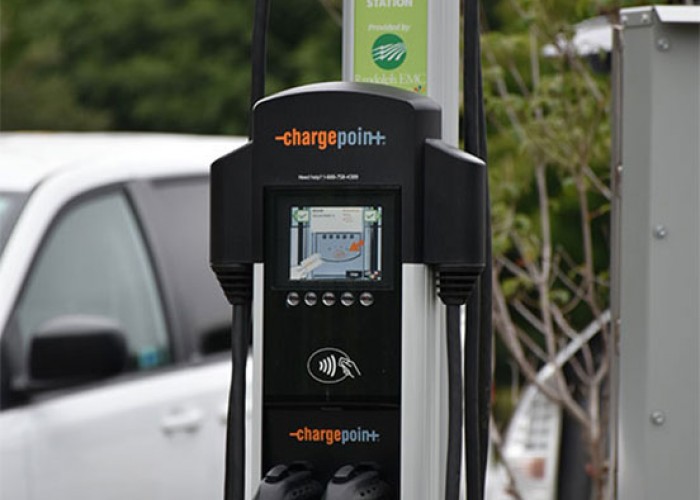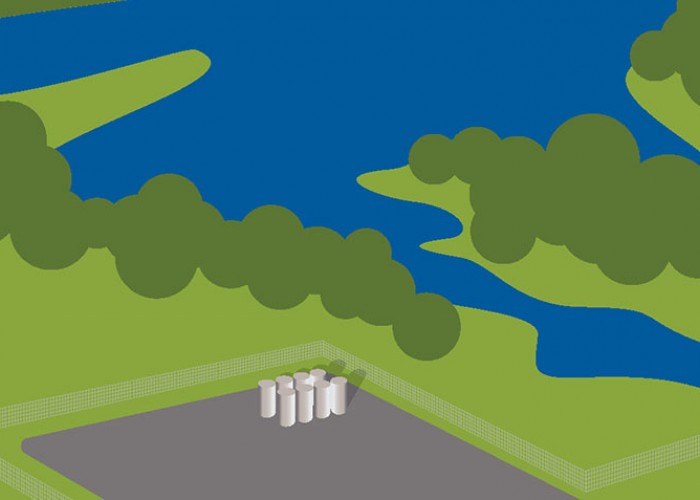A Brighter Future Through Grid Management
A new service helps manage a 500-MW resource distributed across the state
How much is 500 MW? Combined, the distributed resources being coordinated by the DO generate enough to power 100,000 homes.
The nation’s electric grid was initially designed for an amazing — though fairly straightforward — task: deliver power from large and often centrally located power plants to where it is used. But the grid has become a lot more complex since those early days, and now utilities must plan for and coordinate all manner of resources that are being distributed across the grid.
North Carolina’s electric cooperatives now coordinate more than 500 megawatts (MW) of various distributed energy resources either under construction or connected to the grid. As of June 1, 2021, these resources are being managed through a 24-hour Distribution Operator (DO) service.
“From a reliability perspective, we’re now working with all 26 NC co-ops to improve the visibility and dependability of a dispersed, distributed 500-MW resource, bringing it together for everyone’s benefit,” said Lee Ragsdale, SVP of Energy Delivery for North Carolina’s Electric Cooperatives.
Operators of the new DO can monitor distributed energy resource activity throughout the state, coordinating with electric co-ops and other utilities to create efficiencies and improve reliability, affordability, and sustainability across the grid.
What is being managed?*
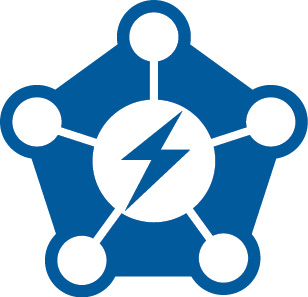
Microgrids
A microgrid is made up of several electric grid components, interconnected at a specific site and capable of operating connected to the grid or independently in “island-mode” when the grid is unavailable. They work well at locations that have local resources and can benefit from increased reliability and resilience.
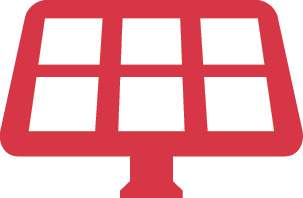
Community solar
There are currently 19 electric co-op community solar gardens around the state with a total capacity of 2.1 MW. These allow members to benefit from the energy output of a panel or panels that are maintained by their co-op, located in their community.
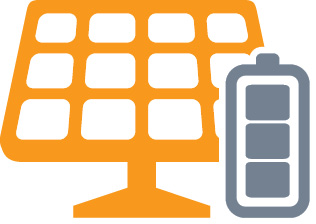
Utility-scale solar
North Carolina’s electric cooperatives own or purchase energy produced from nearly 300 MW of solar power from larger utility-scale sites. Panels generate power when the sun is shining. When paired with onsite battery storage, energy can be saved and used at times when the grid might need it more.

Demand response programs**
When consumers can reduce energy use timed with when it’s needed most across the grid, the grid as a whole works more efficiently. Some programs enable utilities to manage the energy use of connected devices such as water heaters and smart thermostats.
* Distributed resources managed by the DO also include other sources of renewable generation, customer-owned generation, and battery storage.
** Utilities can also reduce energy consumption by deploying “conservation voltage reduction,” which is a way to use power more efficiently by reducing voltage during system peaks.
A Brighter Future
Our long-term plans are guided by each electric co-op’s local roots and focus on delivering value to cooperative members and their communities. Learn more about the sustainability and efficiency goals of North Carolina's electric cooperatives.
-
Moving towards a brighter future
-
Share this story:

